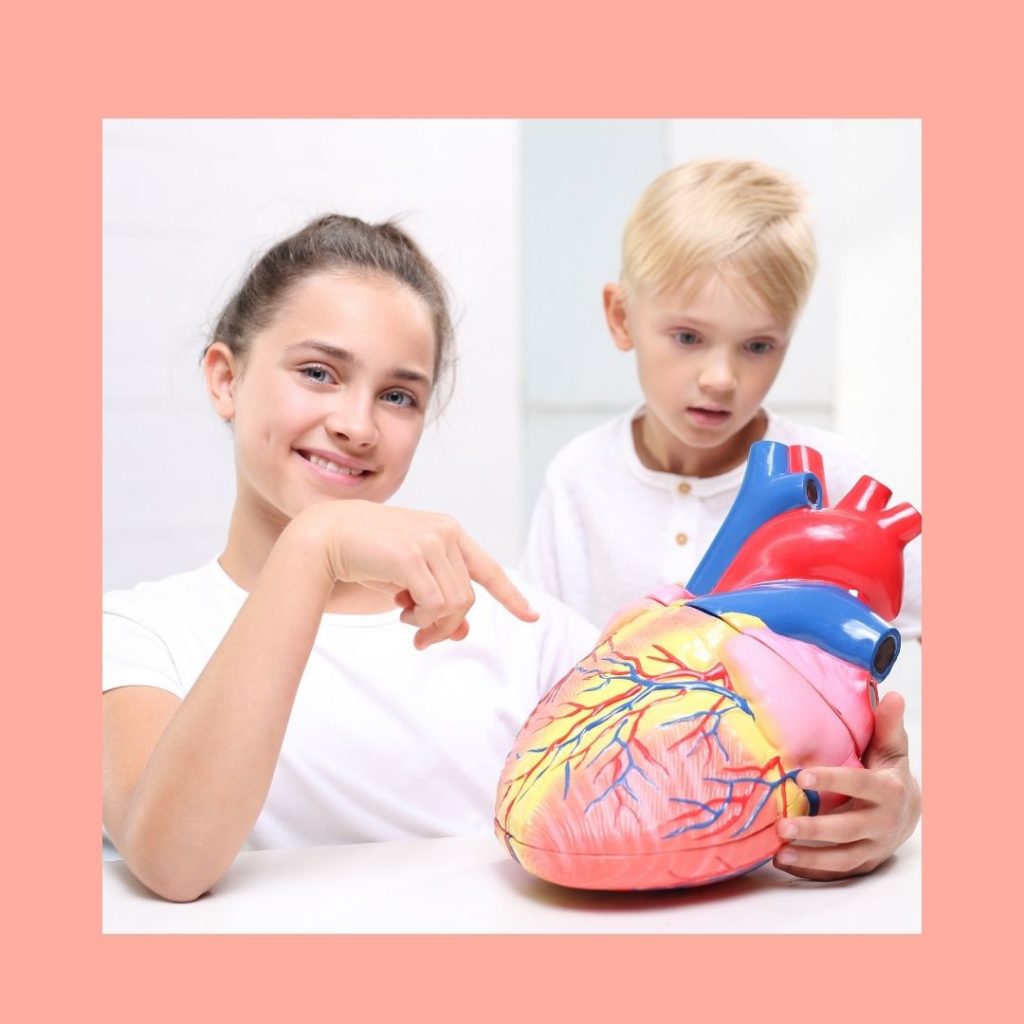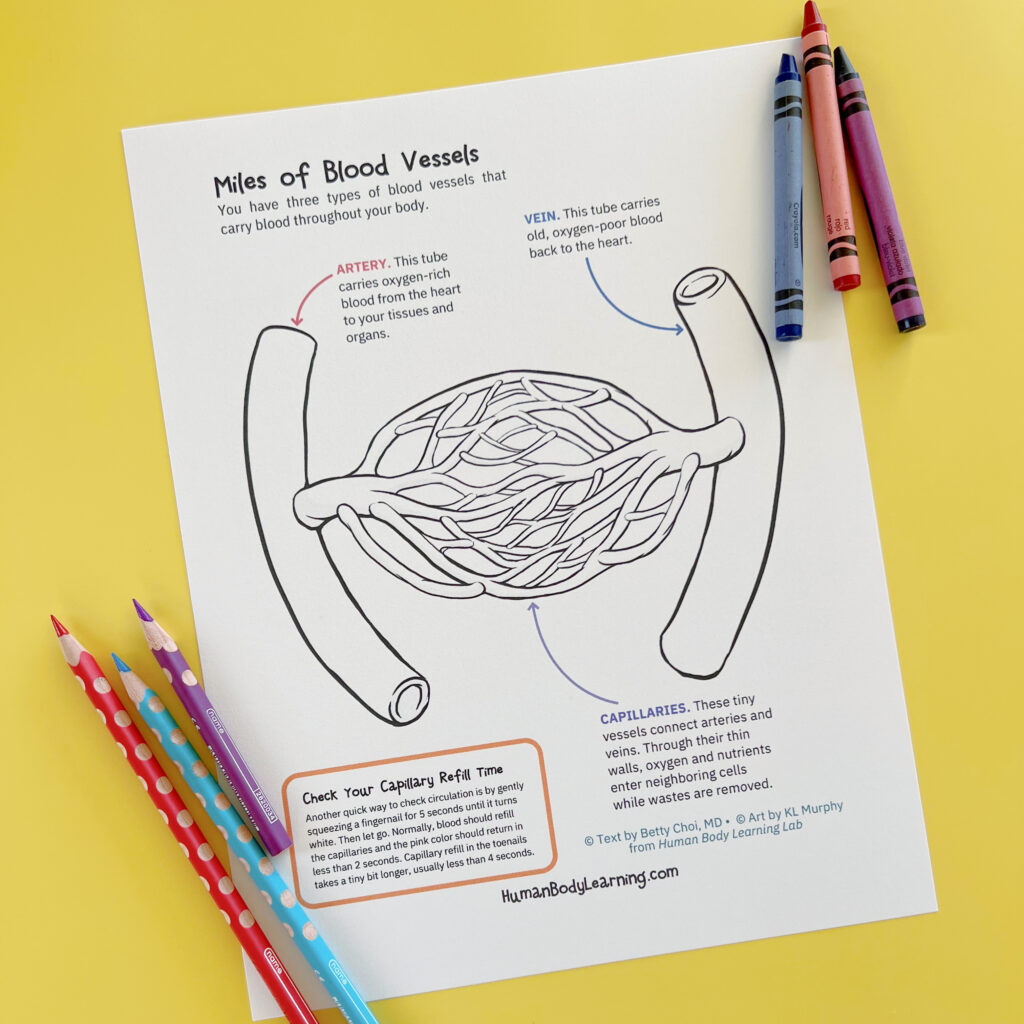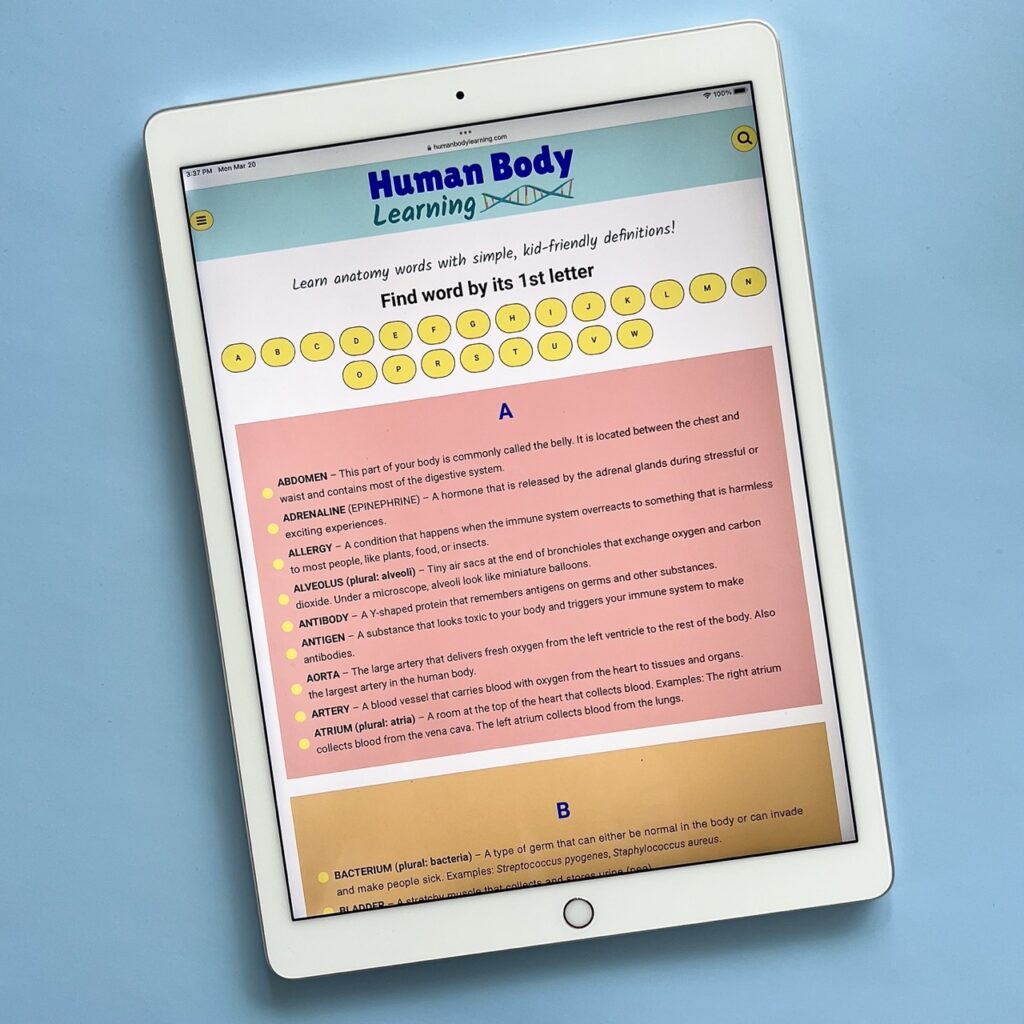How to Check Your Pulse
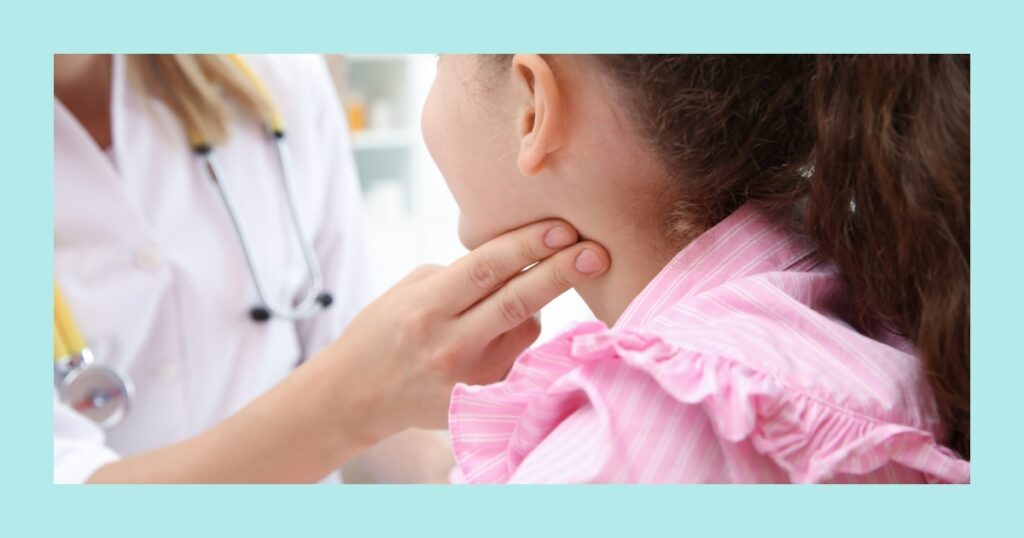
Lub-dub, lub-dub, lub-dub. Have you ever wondered how fast your heart is beating? You can check your heart rate and learn how to feel your pulse in just three steps.
What is your pulse?
Your pulse is the type of heart rate you can feel.
You feel blood flowing through vessels under your skin when you check your pulse. That’s a good sign! It means that blood from your heart is moving around your body.
Which blood vessels do you use to check your pulse?
The arteries are the only blood vessels where you can feel the rhythmic “bump” of your pulse. That’s because arteries carry blood away from your heart. Every heartbeat means the heart uses pressure to squeeze and pump blood through arteries.
This pressure lessens by the time it reaches your capillaries and veins. So, you can’t feel your pulse in the capillaries and veins.
Where is the best place to check your pulse?
Doctors, nurses, and emergency rescuers must check the pulse in many areas around the body. Here are the five best places to check the pulse of grown-ups, kids, and babies.
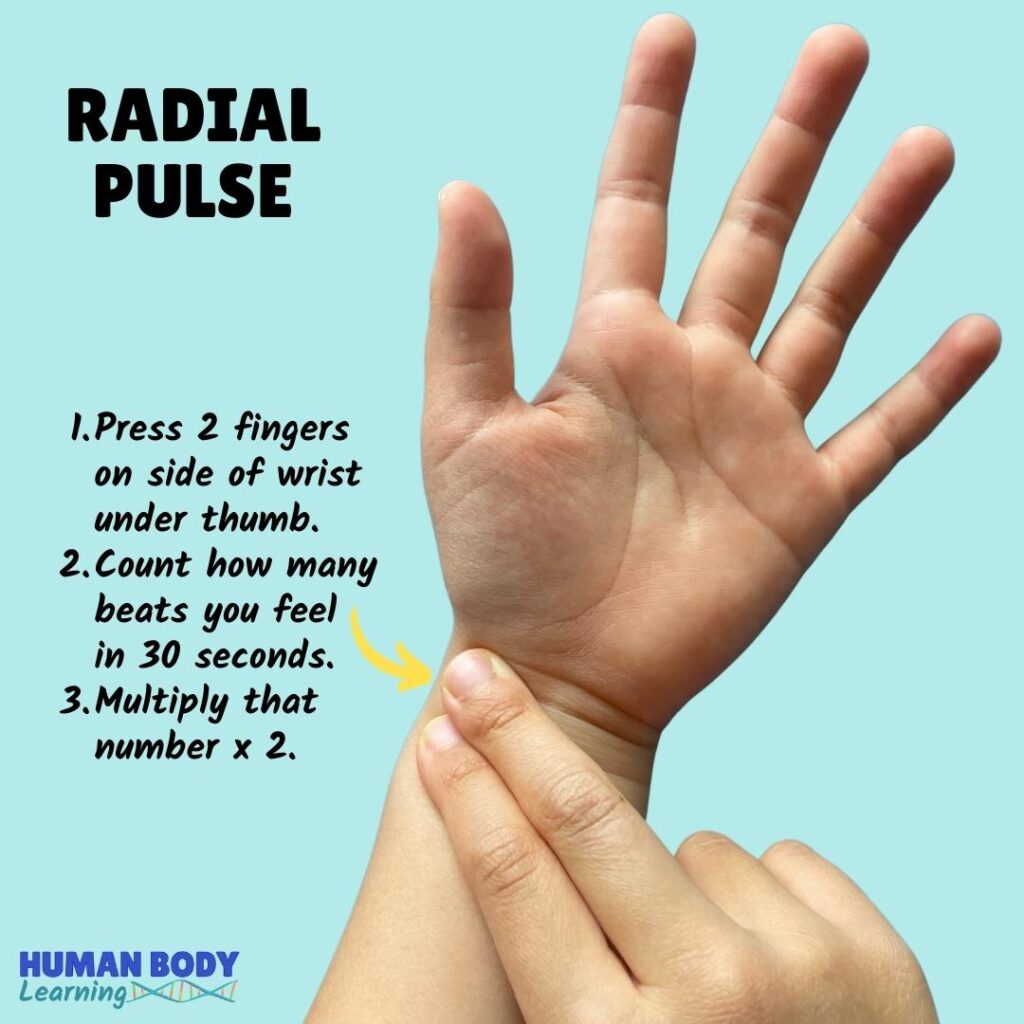
1. Radial (wrist)
The radial pulse is one of the best places to check the heart rate in children and adults.
You can find the radial pulse on the side of your wrist. This area is under your thumb.
However, this pulse is hard to find in babies.
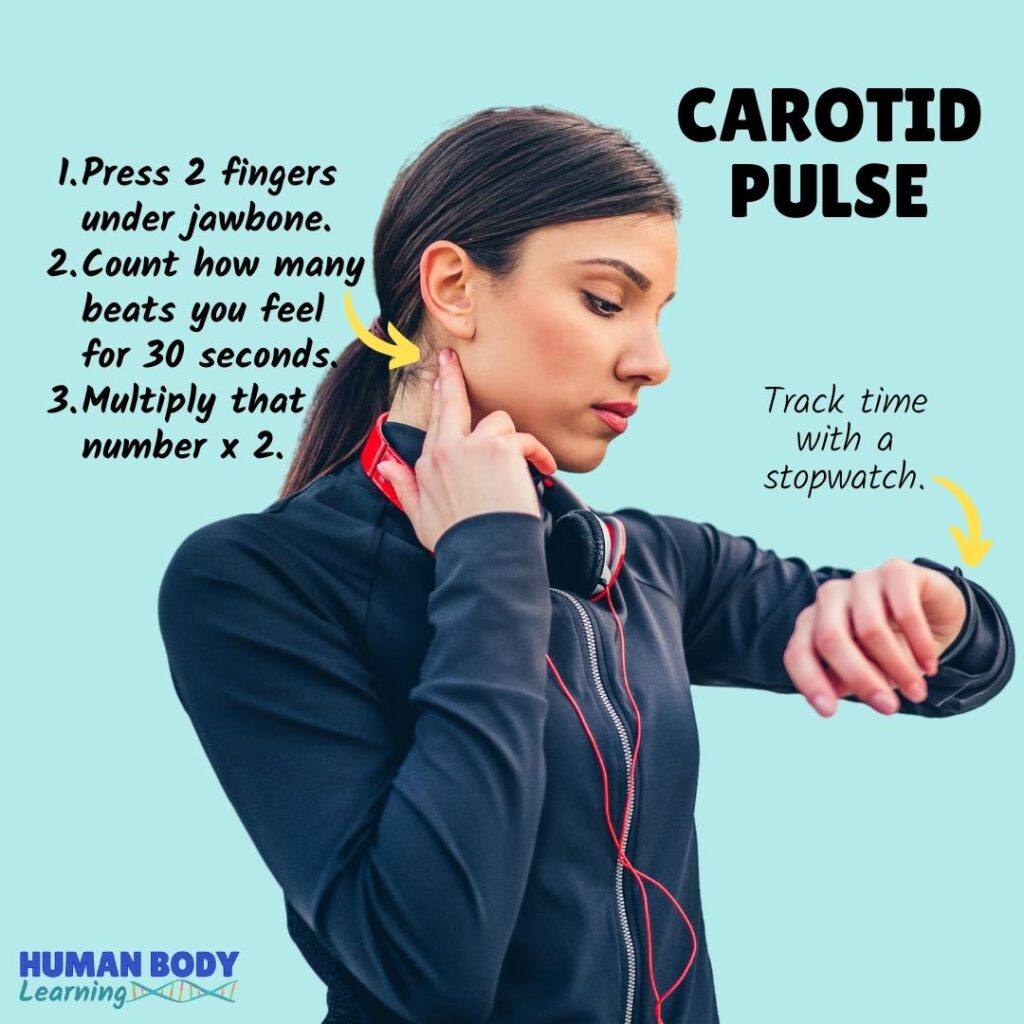
2. Carotid (neck)
The carotid pulse is also a great place to check the heart rate in children and adults.
You can find the carotid pulse on the side of your neck. This area is under the corner of your jawbone.
However, this area is not an option for babies since they have short and chubby necks.
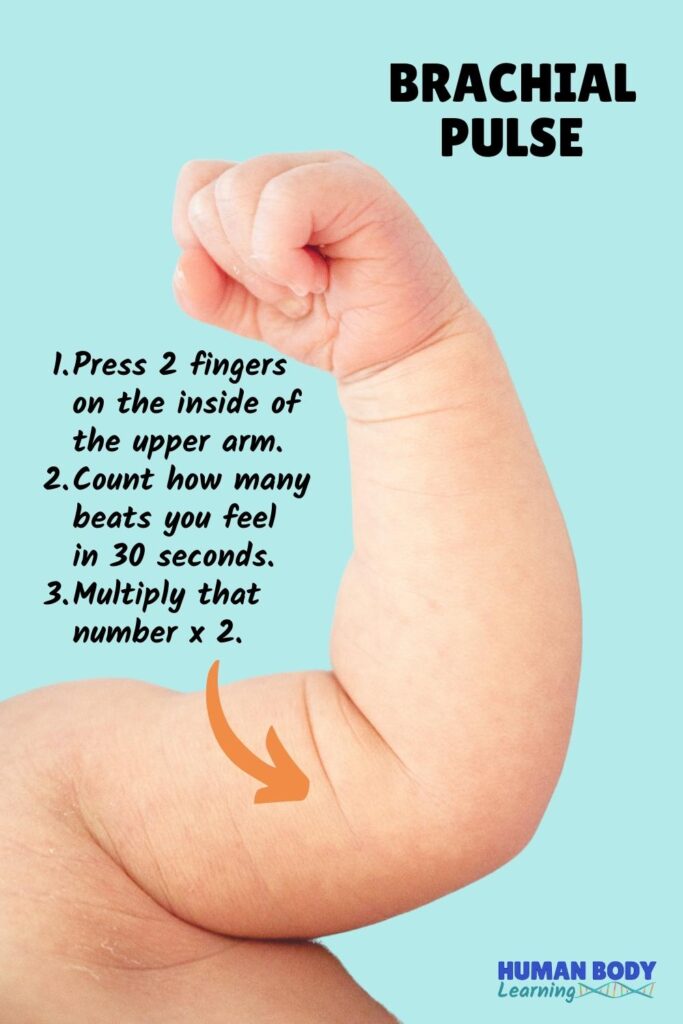
3. Brachial (upper arm)
This is the best place to check a baby’s pulse.
You can feel the brachial pulse inside the arm just above the elbow crease.
4. Femoral (groin)
The femoral pulse is in the crease of your hip between your leg and belly.
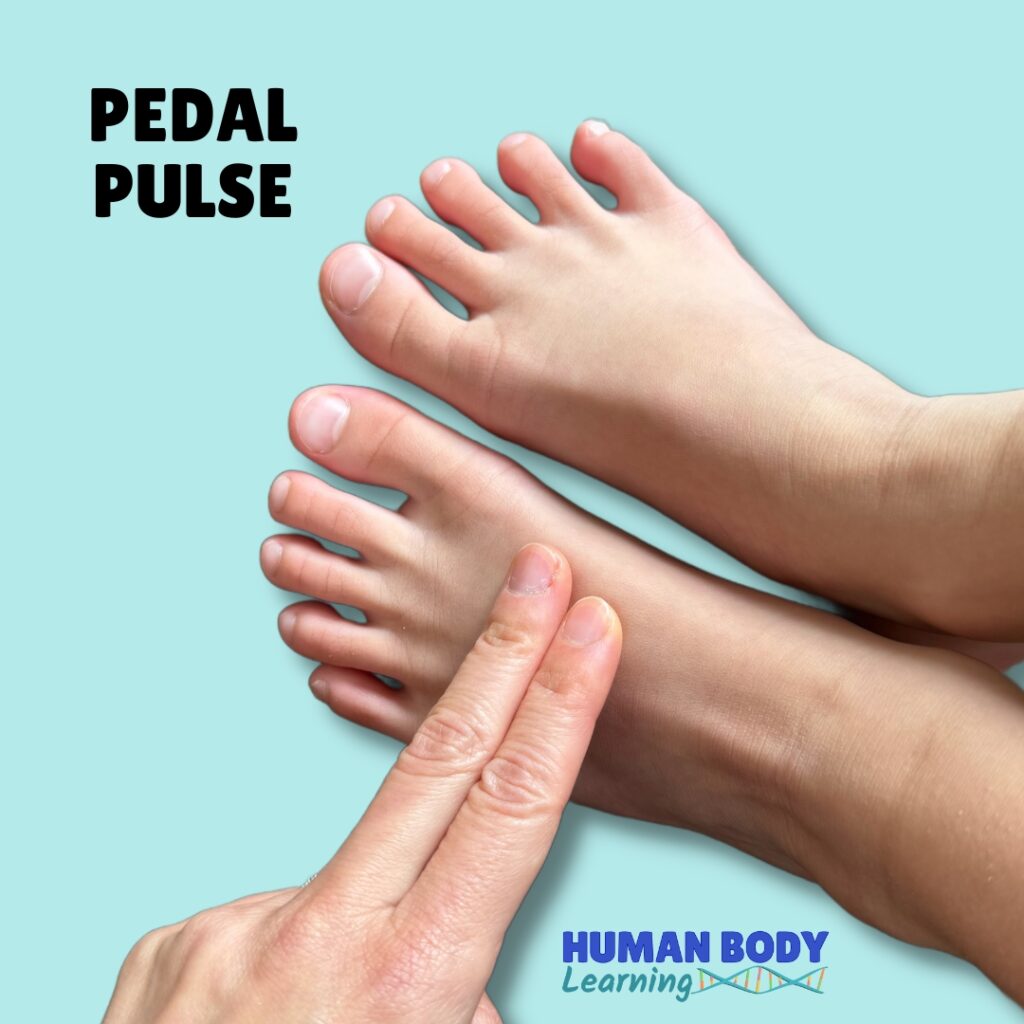
5. Pedal (foot)
The pedal pulse is on the top of your foot.
Doctors and nurses often check this pulse in the hospital because it doesn’t wake babies and children up compared to other areas.
How to check your pulse in 3 steps
Try this at home, school, during sports games, or anywhere!
All you need is a stopwatch or a clock with a second hand.
Although you can keep counting pulse beats for a whole minute, sometimes people lose track of the number when they count for longer. But if you’re curious, you can measure your pulse for 60 seconds!
Why can’t you use your thumb to check a pulse?
That’s because your thumb has a pulse! Knowing which pulse you’re feeling would be confusing if you use your thumb.
The skin on your fingers is also slightly more sensitive than your thumb.
What is a normal pulse rate for kids?
When should you check your pulse?
Sometimes, taking your pulse is important for safety reasons.
Here are some examples of when someone should check your pulse:
- If you feel like your heart is pounding or skipping a beat
- If you feel lightheaded or about to pass out
- If you have trouble breathing
- If you are dehydrated
- If your chest hurts
Most of the time, you don’t have to check your pulse. But it can be fun to check your pulse if you’re curious!
More fun ways to learn about your heart
Published on December 21, 2023. Updated on January 18, 2024 by Betty Choi, MD
Published on December 21, 2023. Updated on January 18, 2024 by Betty Choi, MD

Betty Choi, MD
Dr. Betty Choi is a Harvard-trained pediatrician who makes learning fun and doable. She created the kids’ anatomy book Human Body Learning Lab, which Science Magazine recommended as a “notable standout in the genre.”

